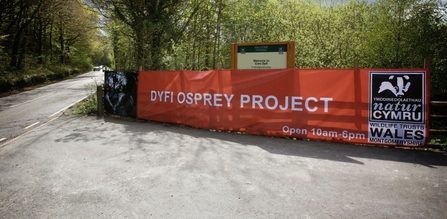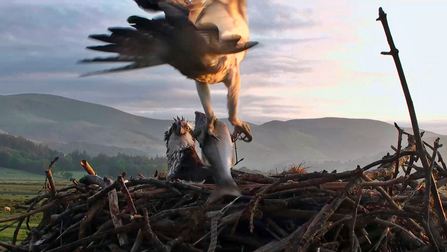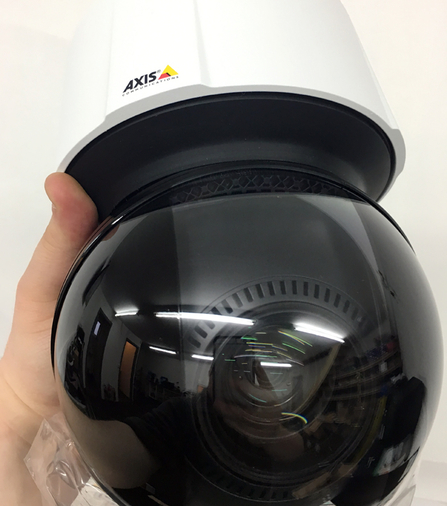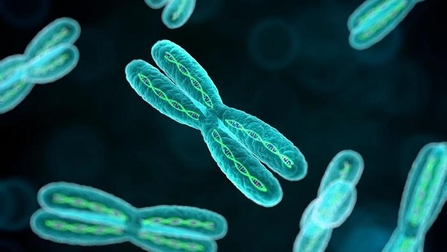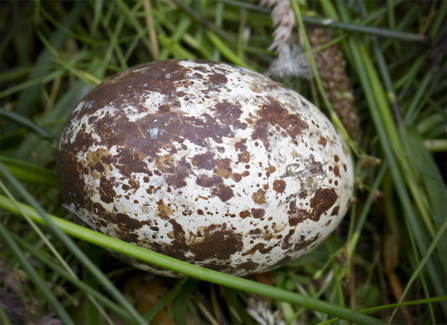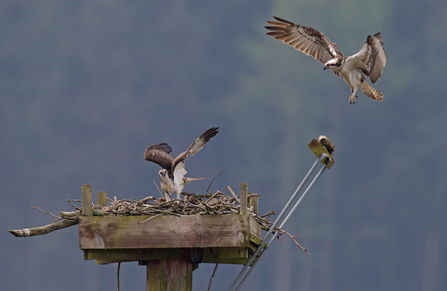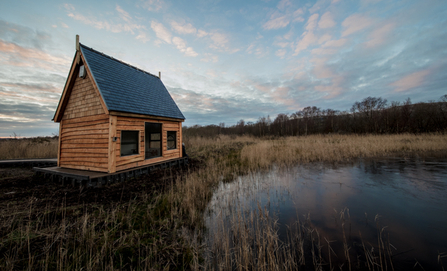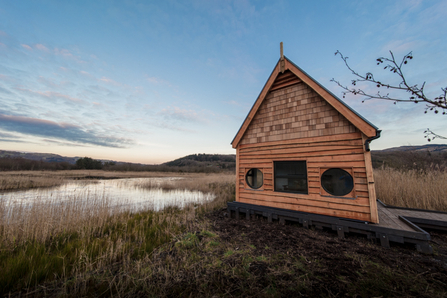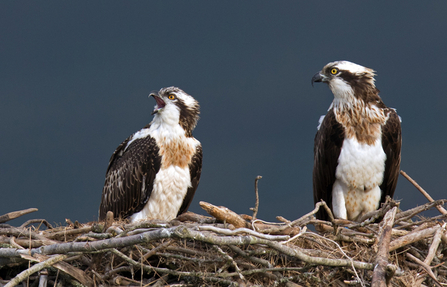10 Things You Need to Know About DOP 2017
In less than four weeks we open the doors of the Dyfi Osprey Project for the ninth consecutive year!
This will be our most challenging year yet, as 2017 will be the first year where we receive absolutely no external funding from anywhere, including the EU of course. We will try and raise the £150,000-ish it costs to operate DOP every year from donations, visitors, and shop sales.
So, without further ado, here are the 10 things you need to know about DOP 2017:
1. Opening Times
We’ll open our DOP doors at Cors Dyfi Reserve at 10am on Saturday, 25th March – four weeks yesterday if you’re reading this today, lol!

